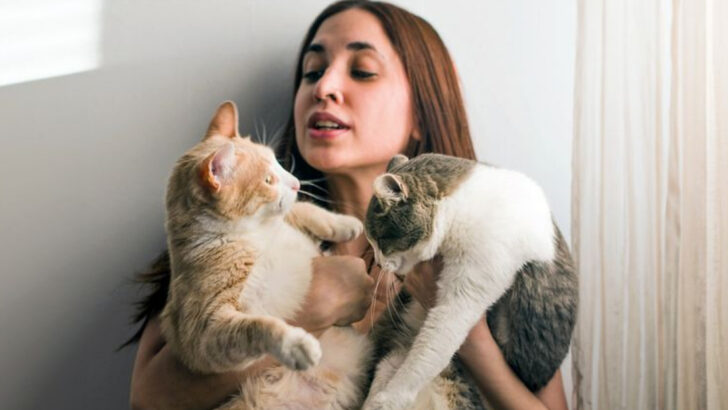One cat can steal your heart—two can stage a takeover.
It starts innocently enough. You find yourself eyeing kittens online “just for fun.”
You refer to your current cat as “the oldest child.”
Your couch has more fur than fabric… and weirdly, you’re fine with it.
But before you add another whiskered roommate to the mix, let’s get real.
Some signs scream “Yes, you’re ready!”
Others flash “Hold that adoption!” like a neon warning above a litter box.
This isn’t about impulse—it’s about harmony, space, and whether your first cat is likely to welcome a new sibling or file a formal complaint.
Here’s how to know if you’re on the brink of becoming a full-fledged cat duo… or if now’s not the time to double the fluff.
Ample Space at Home
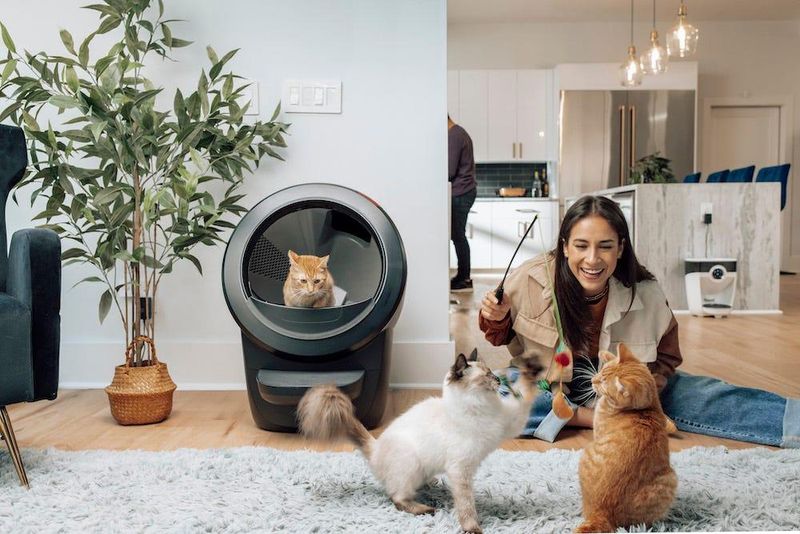
A spacious home can be a great environment for two cats. If your residence offers ample room for another cat to roam and find its own space, you’re in good shape. Cats value their territory, so having sufficient living space helps minimize territorial disputes.
Consider areas like vertical spaces, such as shelves or cat trees, which provide additional territory. This helps your cats feel secure and comfortable in their shared environment. A larger home can significantly reduce stress and promote a peaceful coexistence.
Ultimately, having enough space is like giving each cat its own mini-kingdom to rule and enjoy.
Financial Stability
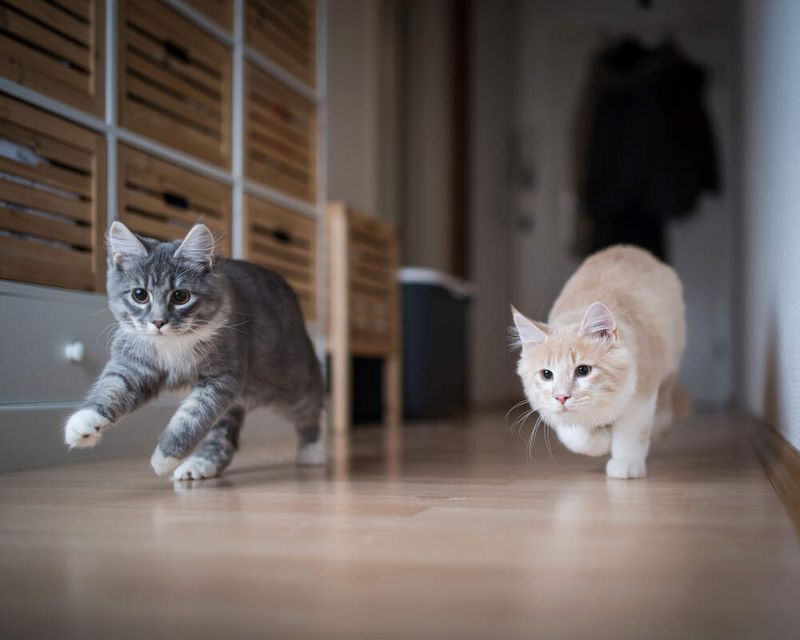
Financial stability is crucial when considering a second cat. Vet bills, food, and other necessities can add up quickly. If your budget comfortably covers these expenses, you’re on the right track.
Make sure to account for emergencies as well; a little financial cushion ensures you’re prepared for unexpected veterinary needs. Also, consider pet insurance as a safety net.
Having the funds to support two cats is more than just about money—it’s about providing them with the care and comfort they deserve, ensuring a healthy and happy life for both your feline companions.
Time Commitment
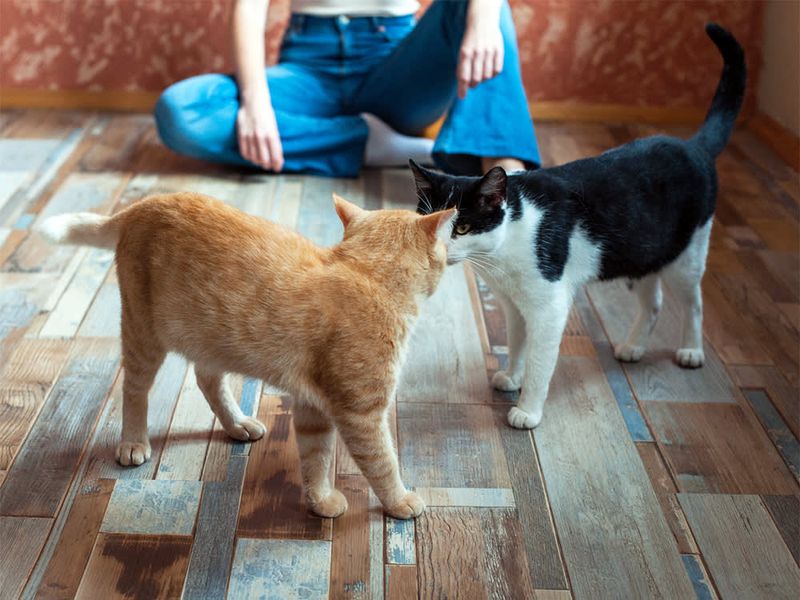
Cats may seem independent, but they still crave attention. If you have the time to engage and play with two cats daily, it’s a promising sign. Twice the cats mean twice the playtime, grooming, and cuddles.
Consider your schedule and ensure you can dedicate sufficient time for each cat. They thrive on your attention and need it for emotional well-being.
A balanced routine where both cats feel loved can lead to harmonious living. Your availability to nurture and engage with both pets ensures that neither cat feels neglected.
Current Cat’s Personality
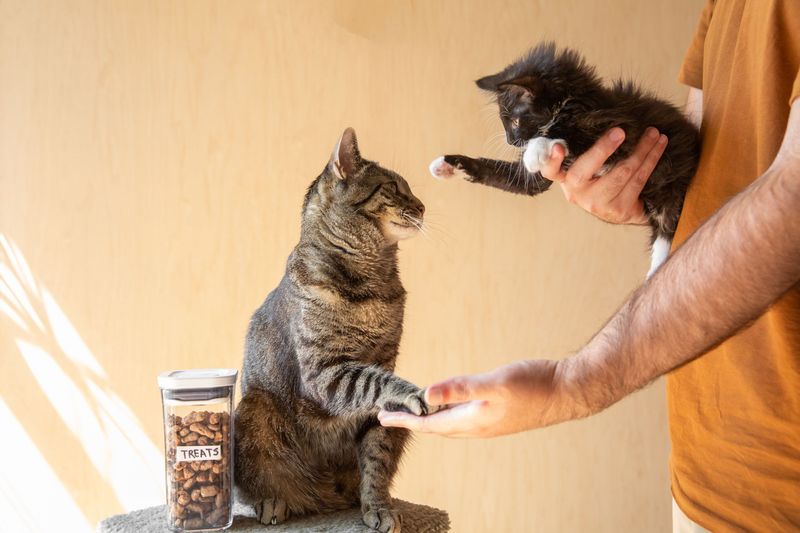
Knowing your current cat’s personality is key in deciding if you’re ready for another. If your cat is sociable and enjoys the company of other animals, adding a new feline friend could enrich its life.
Observe how your cat behaves around other pets or during playdates. A welcoming demeanor indicates potential harmony with a new addition. However, if your cat is territorial or solitary, it might struggle with sharing its space.
Understanding these dynamics ensures a smoother transition and a more enjoyable companionship for both cats, promoting a happier home.
Experienced Cat Owner
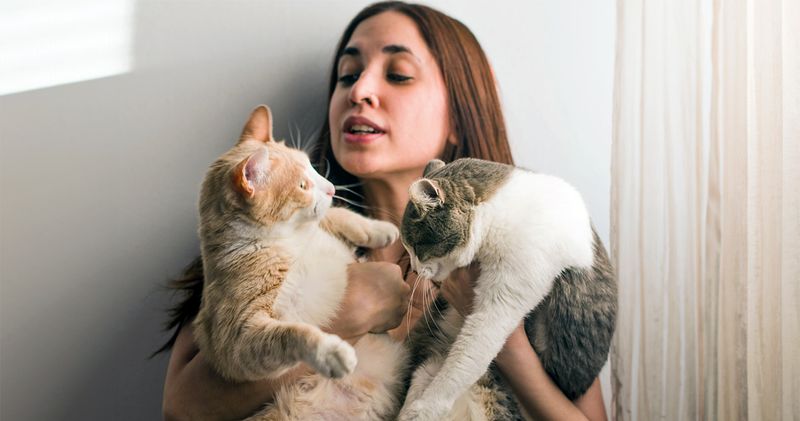
Experience with cats can be a strong indicator of readiness for another. If you’ve successfully cared for a cat before, you’re likely prepared to handle the nuances of owning multiple cats.
Understanding feline behavior, health needs, and socialization techniques is invaluable. This knowledge helps in managing introduction processes and potential conflicts.
Your familiarity with cats’ needs and quirks can lead to a more seamless integration. Confidence in your abilities ensures that both cats receive optimal care and attention, fostering a loving environment.
Proper Introduction Plan
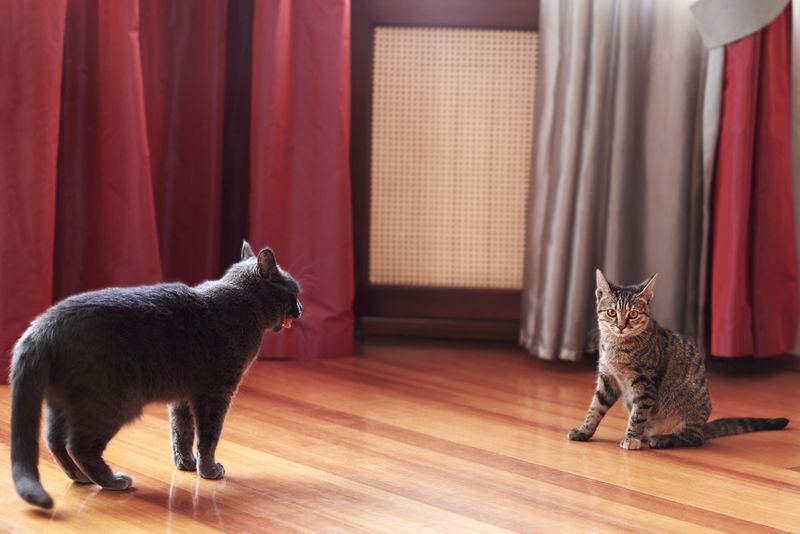
Planning introductions is essential when bringing home a second cat. A well-thought-out approach minimizes stress for both felines. If you have a strategy in place, it’s a positive sign.
Consider separate spaces initially, allowing cats to acclimate through scent before face-to-face meetings. Gradual introductions help build trust and curiosity rather than fear.
Preparation reflects your commitment to a peaceful transition, aiming for a harmonious relationship between your cats. Structured acclimatization ensures both cats feel safe and secure in their shared home.
Supportive Household Members
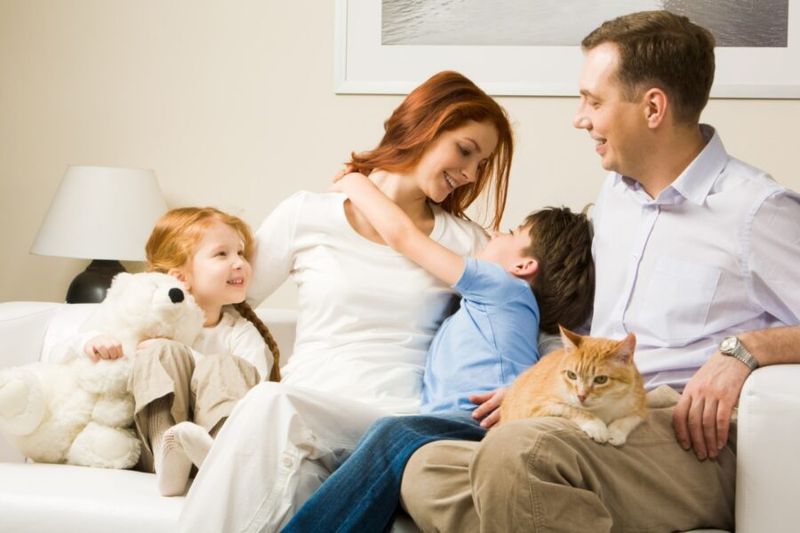
Having supportive family members can make the transition to a second cat smoother. If everyone in the household is on board and prepared to help care for the new addition, it enhances the success rate.
Discuss responsibilities and ensure everyone understands the commitment involved. Shared enthusiasm and cooperation foster a welcoming environment for the new cat.
A unified approach not only supports the new pet but strengthens family bonds. With everyone engaged, your home becomes an inviting place for two cats, leading to a joyful and nurturing atmosphere.
Positive Past Experiences
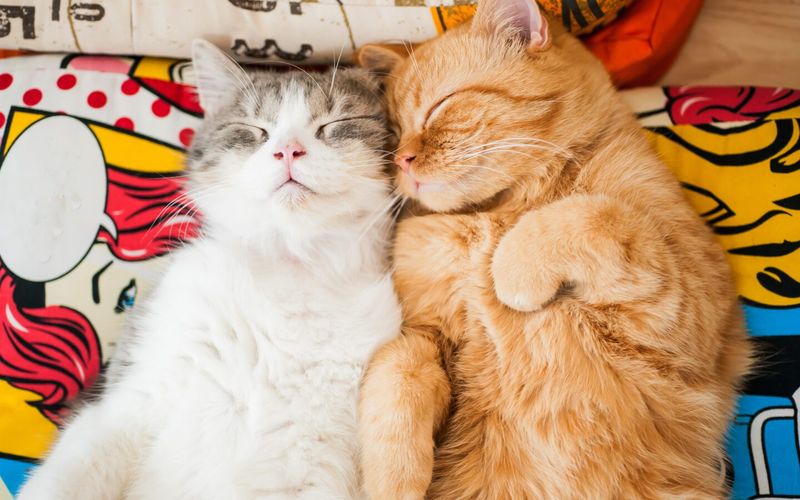
Reflecting on positive past experiences with multiple cats can affirm your readiness. If you’ve successfully managed more than one cat before, it’s a promising sign.
Recollect times when your cats played or cuddled, bringing joy and companionship. These memories can guide your decision and reassure you of your capabilities.
Lessons learned from previous experiences can be invaluable. They provide insights into successful management and enhance your confidence to expand your feline family, ensuring a joyous addition to your home.
Limited Personal Time
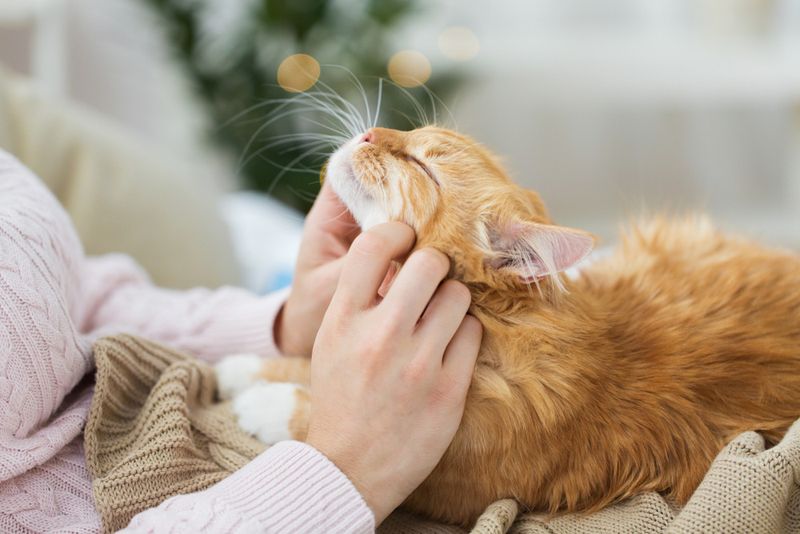
A busy lifestyle might mean it’s not the right time for a second cat. If your schedule is packed and personal time is scarce, consider waiting before introducing another pet.
Cats need attention and engagement to thrive. Without adequate time, both your current and potential new cat might feel neglected, leading to stress and behavioral issues.
Assess your availability honestly. If adding another commitment seems overwhelming, it’s wise to postpone. Ensuring you can dedicate quality time to each pet is crucial for their happiness and well-being.
Current Cat’s Anxiety
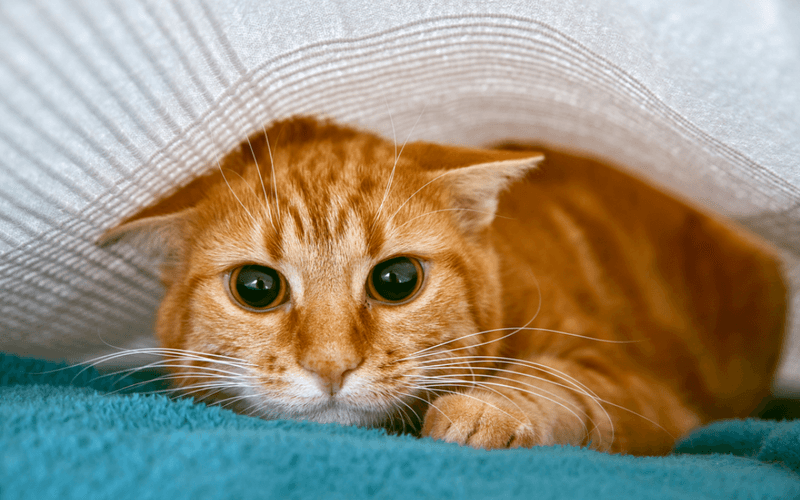
An anxious cat could struggle with a new addition. If your current pet exhibits nervousness around strangers or changes, introducing a second cat might exacerbate its stress.
Observe your cat’s behavior in new situations. If it hides or becomes unsettled easily, it may not be ready for a new sibling.
Prioritize your cat’s emotional health. It’s essential to create a stable environment where your first cat feels secure before considering another pet. Respecting their needs ensures a harmonious household.
Financial Constraints
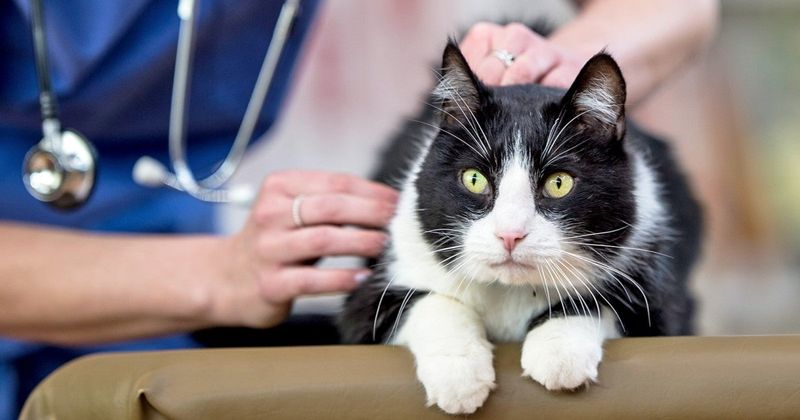
Tight finances can be a significant red flag when considering a second cat. If your budget is stretched thin, adding another pet could lead to financial strain.
Consider all expenses, including unexpected vet bills and daily care costs. Financial stress can affect your ability to provide for both cats adequately.
Evaluate your financial situation carefully. If you’re living paycheck to paycheck, it might be wise to wait until you’re more financially secure. Ensuring a stable financial footing allows you to care for your pets responsibly.
Uncertain Living Arrangements
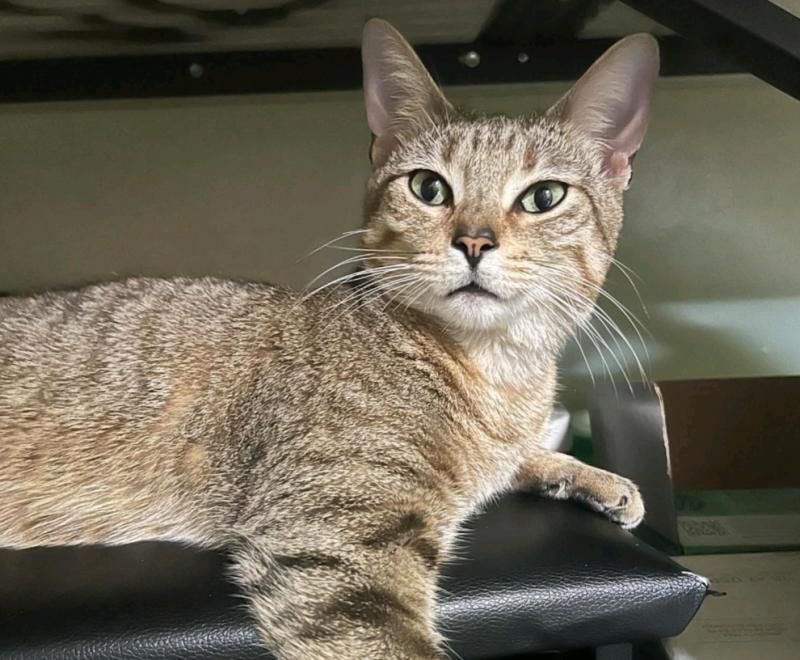
Frequent moves or unstable housing can be unsettling for pets. If you’re unsure about your living situation, it might not be the right time for a second cat.
Cats thrive in stable environments. Constant changes can cause stress, making it difficult for them to adjust, especially with a new companion.
Consider waiting until your living arrangements are secure. A stable home ensures both cats feel safe and settled, promoting a happy coexistence.
Lack of Household Support
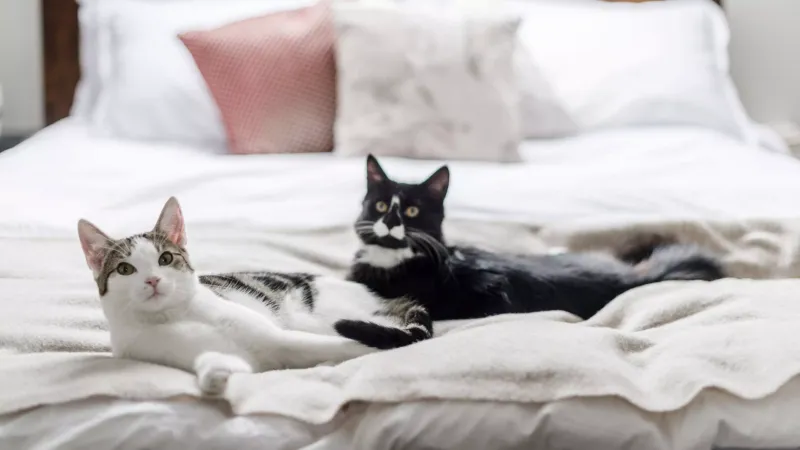
Without household support, managing multiple cats can be challenging. If you lack help from family or roommates, consider waiting.
Caring for two cats requires time and energy. Without assistance, the responsibility can become overwhelming, affecting both your and your pets’ well-being.
Discuss your plans with household members. If they aren’t willing or able to assist, it might be best to postpone until you have a supportive environment. A collaborative effort ensures a nurturing home for all pets.
Negative Past Experiences
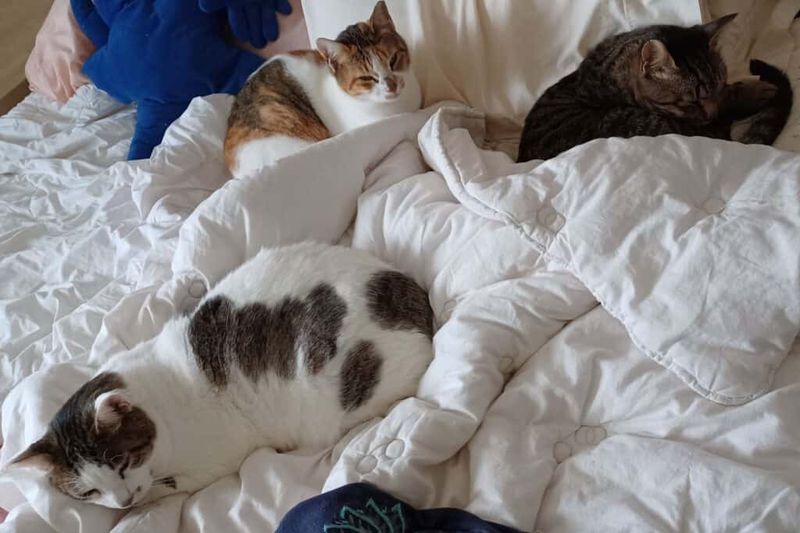
Reflecting on negative past experiences with multiple cats can be a warning sign. If previous attempts led to stress or conflict, it might not be the right time to try again.
Evaluate past situations honestly. What challenges did you face? Have circumstances changed to prevent a repeat of those issues?
Learning from past difficulties can guide your decision. If unresolved concerns persist, consider waiting until you’re confident in providing a better environment for both cats. Prioritizing their well-being is essential.

